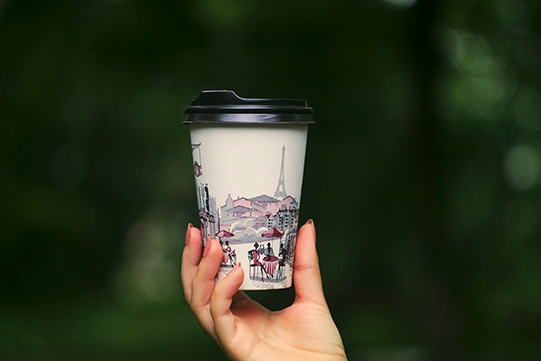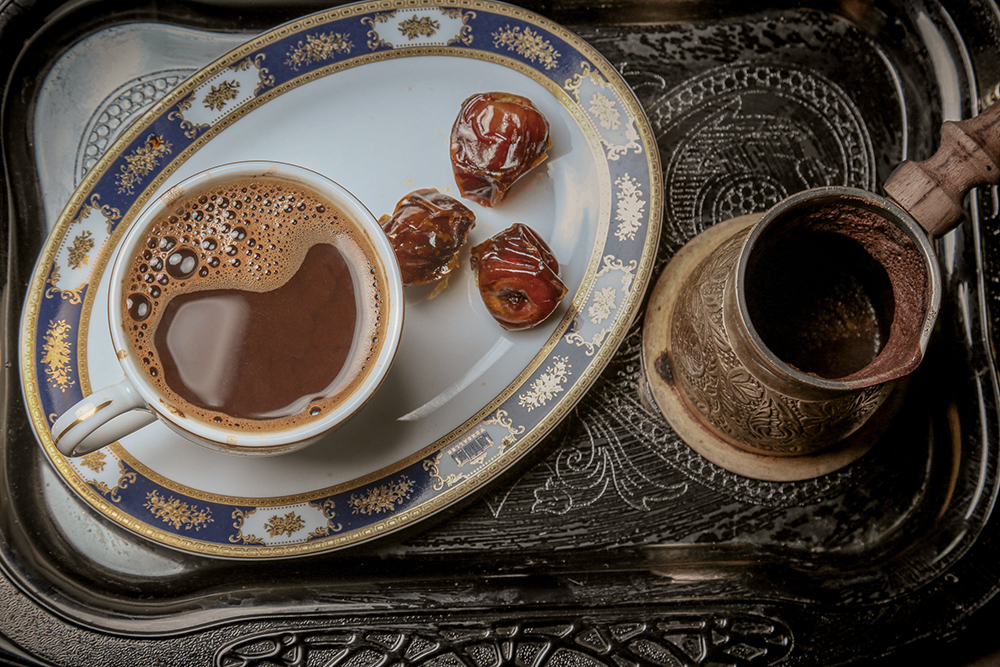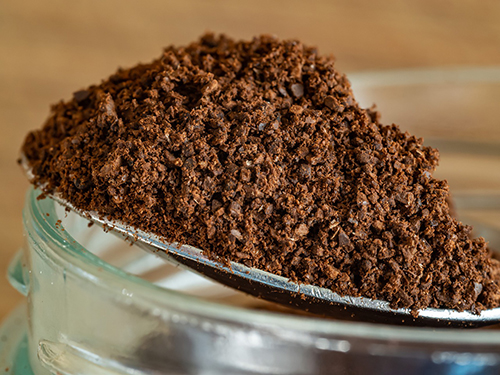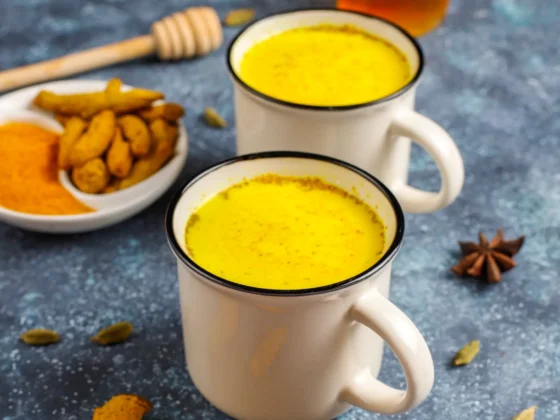Millions of people wake up daily with their first thought being a nice comforting cup of coffee. Let’s face it coffee smells and tastes amazing, increases alertness and helps us focus. What is not to like?! Coffee also offers plenty of health benefits! Though there is one particularly important thing we do need to discuss, and that is the stimulant that is in Coffee, Caffeine. Caffeine is what gives us that boost that we all need in the morning. According to health professionals, the recommended amount of caffeine an individual should intake in a day is about 300-400 milligrams. How much caffeine in coffee, you ask? In this guide, I will be going over the amounts of caffeine in coffee and all the other various factors in relation.
So, How Much Caffeine In Coffee?
You can expect around 95 milligrams of caffeine in an 8 oz cup of coffee, and around 6 milligrams of caffeine in a roasted coffee bean. Mind you, this depends on many factors like the types of coffee bean, type of coffee roast, type of coffee drink and serving size.
Let’s take a look at the factors involved:
The Type of Coffee Beans
There are four types of coffee beans: Arabica, Robusta, Liberica and Excelsa. The most commonly coffee beans being Arabica and Robusta. Arabica coffee beans are the most popular and are considered to be of higher quality compared to the other coffee beans.

Arabica Coffee beans contain 6 milligrams of caffeine per roasted coffee bean, and 1.2-1.5g per 100 grams, with 340-430mg of caffeine per ounce.
Robusta Coffee beans contain 10 milligrams of caffeine per roasted coffee bean, and 2.2-2.7g per 100 grams, with 630-770mg of caffeine per ounce.
Robusta beans pack more caffeine than Arabica beans but are of lesser quality. Arabica beans tend to have less of a bitter taste to them with a lot more refined flavours. Robusta beans are usually used for instant coffee and as fillers for inexpensive coffee blends.
For more information on the four types of coffee beans check our article here!
The Type of Coffee Roast
Many speculate that longer roasting times will result in the coffee beans having less caffeine. While this is a debatable topic, If you measure out the beans by weight then you will notice that the light and dark roast beans almost contain the same amount of caffeine content. Since the lightly roasted beans are much denser than darker roasts they will pack a bit more caffeine. (1)

To learn more about the types of coffee roasts, check out our guide here!
Types of Coffee Drinks

Brewed Coffee
The most common type of coffee drink in the United States and Europe is brewed coffee. Simply made by pouring hot water over ground coffee using a filtration system.
An 8 Oz cup of brewed coffee contains an average of 95-200 milligrams of caffeine.
Espresso Coffee
This coffee is made by forcing pressurized steam through a tightly packed puck of finely ground coffee. Espresso packs more caffeine per volume than the average regular brew coffee. The average espresso shot is about 30 to 50 ml (1 to 1.75 oz) and contains approximately 63 mg of caffeine and approximately 125 mg of caffeine for a double shot. (2)
Espresso Based Coffees
Cappuccinos, Lattes and macchiatos are some of the popular espresso-based coffees. While these coffees are made with the addition of milk or a milk substitute, they don’t contain any caffeine. The caffeine would remain the same as the Espresso coffee. That’s 63 mg for a shot of espresso and approximately 125 mg for a double shot.
Instant Coffee
Instant coffee is made up of dry large lumps or powder that has been made from freeze-dried/spray-dried brewed coffee. This type of coffee is extremely easy to prepare and is ready as soon as it’s dissolved in hot water. The caffeine in Instant coffee is less than regular coffee with each cup containing approximately 57-65 mg
Decaffeinated Coffee
While the name might be a tad deceiving, but decaffeinated coffee is not completely caffeine-free. The caffeine content in an 8oz cup of decaf is approximately 2-12 milligrams of caffeine, this can range depending on the type of coffee used and the method used to de-caffeinate.
Commercial Coffee Outlets

When it comes to buying coffee from a commercial coffee outlet, you’re gonna be getting a lot more coffee than the standard 8 oz cup. Coffee sizes range from small to extra large. Some of these cups sizes are comparable to drinking 3 regular cups of coffee. Let’s take a look at some of the sizes and caffeine doses in some of the most popular commercial coffee outlets around the world.
McCafe (McDonald’s)
Coffee Type | Small | 12 Oz | Medium | 16 Oz | Large | 21-24 Oz |
Brewed Coffee | 109 mg | 145 mg | 180 mg |
Decaf | 8 mg | 11 mg | 14 mg |
Espresso | 71 mg (single) | 142 mg (double) | - |
Costa Coffee
Coffee Type | Small | Primo | Medio | Medium | Massimo | Large |
Espresso | 92 mg (single) | 185 mg (double) | 277 mg (triple) |
Americano / Cappuccino | 185 mg | 277 mg | 370 mg |
Flat White | 277mg | - | - |
Latte | 92 mg | 185 mg | 277 mg |
Tim Hortons (Canada)
Coffee Type | Small | 286ml | Medium | 425ml | Large | 563ml | X-Large | 678ml |
Brewed Coffee | 140 mg | 205 mg | 270 mg | 330 mg |
Dark Roast Coffee | 130 mg | 195 mg | 260 mg | 315 mg |
Decaf | 6 mg | 9 mg | 12 mg | 15 mg |
Espresso | 125 mg (single) | - | - | - |
Tim Hortons (United States)
Coffee Type | Small | 286ml | Medium | 425ml | Large | 563ml | X-Large | 678ml |
Brewed Coffee | 140 mg | 205 mg | 270 mg | 330 mg |
Dark Roast Coffee | 135 mg | 200 mg | 265 mg | 320 mg |
Decaf | 6 mg | 9 mg | 12 mg | 15 mg |
Espresso | 45 mg | - | - | - |
Cappuccino | 75 mg | 100 mg | 140 mg | - |
Latte | 35 mg | 50 mg | 75 mg | - |
Dunkin’ Donuts
Coffee Type | Small | 10 Oz | Medium | 14 Oz | Large | 20 Oz | X-Large | 24 Oz |
Brewed Coffee | 150 mg | 210 mg | 300 mg | 359 mg |
Dark Roast Coffee | 117 mg | 164 mg | 235 mg | 282 mg |
Decaf | 7 mg | 10 mg | 15 mg | 18 mg |
Espresso | 118 mg (single) | - | - | - |
Americano | 237 mg | 284 mg | 371 mg | - |
Latte / Cappuccino | 118 mg | 166 mg | 252 mg | - |
Starbucks (Canada/United States)
Coffee Type | Short | 8 Oz | Tall | 12 Oz | Grande | 16 Oz | Venti | 20 Oz |
Brewed Coffee | Pike Place | 155 mg | 235 mg | 310 mg | 410 mg |
Brewed Coffee | Blonde | 180 mg | 270 mg | 360 mg | 475 mg |
Brewed Coffee | Dark Roast | 130 mg | 195 mg | 260 mg | 340 mg |
Decaf | 15 mg | 20 mg | 25 mg | 30 mg |
Americano | 75 mg | 150 mg | 225 mg | 300 mg |
Espresso | - | 75 mg (single) | 150 mg (double) | - |
Cappuccino / Latte | 75 mg | 75 mg | 150 mg | 150 mg |
Starbucks (UK/Europe)
Coffee Type | Short | 236ml | Tall | 254ml | Grande | 473ml | Venti | 591ml |
Brewed Coffee | 157 mg | 229 mg | 308 mg | 387 mg |
Decaf | 15 mg | 20 mg | 25 mg | 30 mg |
Espresso | - | 75 mg (single) | 150 mg (double) | - |
Americano | 75 mg | 150 mg | 225 mg | 300 mg |
Cappuccino / Latte | 75 mg | 150 mg | 150 mg | 225 mg |
For a more in-depth look into the caffeine contents of these commercial coffee outlets check out the folks at Caffeine Informer
Should I worry about how much caffeine I intake?
While coffee has many health benefits and is high in antioxidants, indulging in too many coffees can result in a caffeine overload which can result in restlessness, anxiety, heart palpitations and sleep disruptions.
The recommended amount of caffeine is around 300-400 milligrams a day, stretching it to 400-600 mg won’t usually cause any effects, but this all depends on the individual. Some people are more sensitive to caffeine than others, so to gauge the effect of caffeine on your system, you just need to experiment and see how caffeine affects your system.
IF YOU’VE ENJOYED THIS ARTICLE, GIVE IT A PIN!


















9 comments